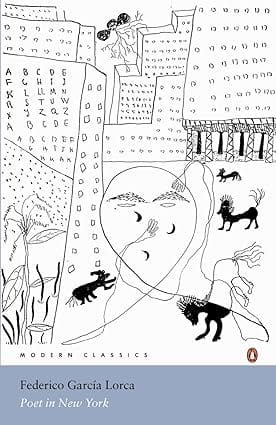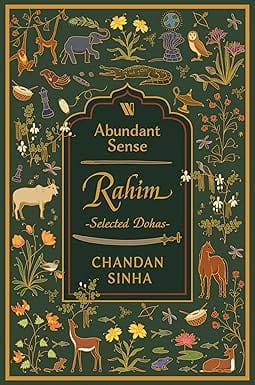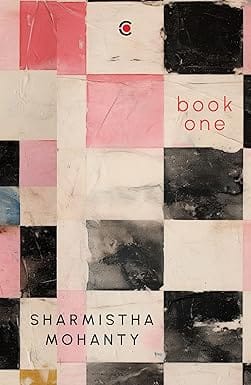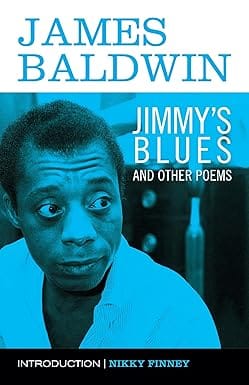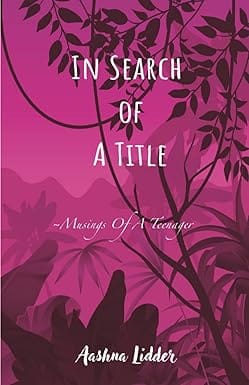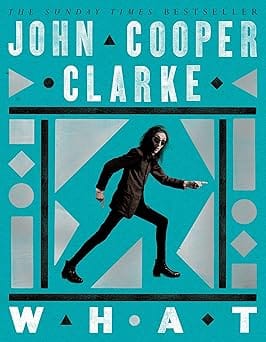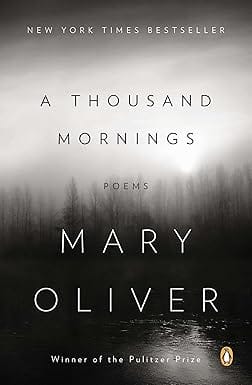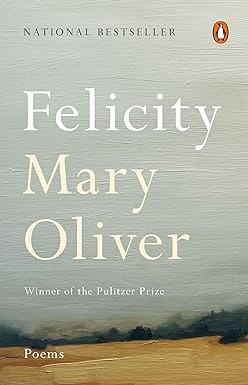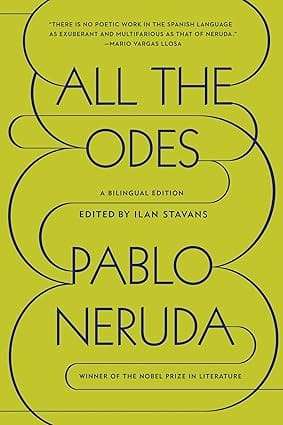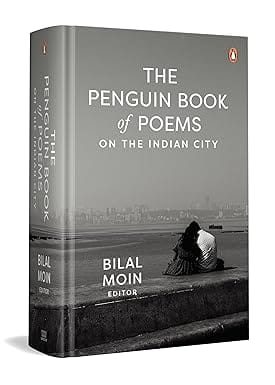- Non-ficton
- Non-ficton
- Contemporary Fiction
- Contemporary Fiction
- Children
- Children
- Comics & Graphic Novels
- Comics & Graphic Novels
- Non-Fiction
- Non-Fiction
- Fiction
- Fiction
Review
About the Author
Federico García Lorca was born into an educated family of small landowners in Fuente Vaqueros in 1898. A poet, dramatist, musician and artist, he attended the university at Granada, where he acquired a fine knowledge of literature. In 1919 he went to the Residencia de Estudiantes in Madrid and during his long stay there he met all the principal writers, critics and scholars who visited the place, which was then a flourishing centre of cultural liberalism. In 1928 his Gipsy-Ballad Book (Romancero gitano) received much public acclaim. In 1929 he went to New York with Fernando de los Ríos and his volume of poems Poet in New York (Poeta en Nueva York) was published posthumously in 1940.
On his return to republican Spain, he devoted himself to the theatre, as co-director of La Barraca, a government-sponsored student theatrical company that toured the country. He now wrote fewer poems, but these include his masterpiece Lament for Ignacio Sánchez Mejías (Llanto por la muerte de Ignacio Sánchez Mejías, 1935), a lament for a dead bullfighter. He wrote classical plays, pantomimic interludes, puppet plays, La zapatera prodigiosa (1930) and three tragedies: Blood Wedding (Bodas de sangre, 1933), Yerma (1934) and The House of Bernarda Alba (La casa de Bernarda Alba, 1936). Just after the outbreak of the Spanish Civil War in 1936 he was murdered at Granada by Nationalist partisans, in mysterious circumstances.
- Home
- Fiction
- Poetry Drama & Literary Criticism
- Poet In New York
Poet In New York
SIZE GUIDE
- ISBN: 9780141185828
- Author: Federico Garcia Lorca
- Publisher: Penguin Classics
- Pages: 304
- Format: Paperback
Book Description
Review
About the Author
Federico García Lorca was born into an educated family of small landowners in Fuente Vaqueros in 1898. A poet, dramatist, musician and artist, he attended the university at Granada, where he acquired a fine knowledge of literature. In 1919 he went to the Residencia de Estudiantes in Madrid and during his long stay there he met all the principal writers, critics and scholars who visited the place, which was then a flourishing centre of cultural liberalism. In 1928 his Gipsy-Ballad Book (Romancero gitano) received much public acclaim. In 1929 he went to New York with Fernando de los Ríos and his volume of poems Poet in New York (Poeta en Nueva York) was published posthumously in 1940.
On his return to republican Spain, he devoted himself to the theatre, as co-director of La Barraca, a government-sponsored student theatrical company that toured the country. He now wrote fewer poems, but these include his masterpiece Lament for Ignacio Sánchez Mejías (Llanto por la muerte de Ignacio Sánchez Mejías, 1935), a lament for a dead bullfighter. He wrote classical plays, pantomimic interludes, puppet plays, La zapatera prodigiosa (1930) and three tragedies: Blood Wedding (Bodas de sangre, 1933), Yerma (1934) and The House of Bernarda Alba (La casa de Bernarda Alba, 1936). Just after the outbreak of the Spanish Civil War in 1936 he was murdered at Granada by Nationalist partisans, in mysterious circumstances.
User reviews
NEWSLETTER
Subscribe to get Email Updates!
Thanks for subscribing.
Your response has been recorded.

India's Iconic & Independent Book Store offering a vast selection of books across a variety of genres Since 1978.
"We Believe In The Power of Books" Our mission is to make books accessible to everyone, and to cultivate a culture of reading and learning. We strive to provide a wide range of books, from classic literature, sci-fi and fantasy, to graphic novels, biographies and self-help books, so that everyone can find something to read.
Whether you’re looking for your next great read, a gift for someone special, or just browsing, Midland is here to make your book-buying experience easy and enjoyable.
We are shipping pan India and across the world.
For Bulk Order / Corporate Gifting
 +91 9818282497 |
+91 9818282497 |  [email protected]
[email protected]
Click To Know More
INFORMATION
QUICK LINKS
ADDRESS
Shop No.20, Aurobindo Palace Market, Near Church, New Delhi

